Aggie Bonfire symbolizes “the burning desire to beat the hell out of t.u. and the undying love all Aggies have for Texas A&M,” according to the Corps of Cadets’ handbook, The Cadence. As decades pass and Bonfire continues, its history and importance to the Aggie Spirit only deepen.
Dating back to the early 1900s, the first bonfire was burned to congratulate the Agricultural and Mechanical College of Texas football team after a recent win. By 1909, the tradition was moved to campus. Over the next decade, Aggie Bonfire was held to spark passion for other sporting events — eventually narrowing down to the Thanksgiving rivalry football matchup against the University of Texas at Austin.
Originally burned on Simpson Drill Field, Bonfire constantly evolved, moving around over the next 89 years as its lore deepened. Only two times in that window did Bonfire not burn: the assassination of President John F. Kennedy in 1963, which saw the stack being dismantled out of respect for the president, and its collapse in 1999.
In 1942, Universal Pictures came to A&M to shoot the World War II propaganda film “We’ve Never Been Licked,” using a prop bonfire in a teepee shape to allow for a taller design. The structure was fully adopted by Aggies soon after, achieving a world record of the tallest bonfire in 1969 at 109 feet and 10 inches.
Later shifting to a wedding cake-tiered system in the 1970s, which is still roughly used today by the student-run group, Bonfire currently sits no taller than 32 feet at the tip of the logs and 35 feet where the outhouse sits at the top.
In response to Aggies’ penchant for driving to Austin and snatching city limit signs to sit atop the structure, College Station began manufacturing the signs to stop the thefts. The Fightin’ Texas Aggie Band built an outhouse to top the stack — painted burnt orange with “t.u. frat house” on the front. Bonfire has faced multiple potential attacks throughout its history, from Longhorns to a police officer, so students still stand on guard and monitor the site to this day.
It was only in 1936 that Bonfire was officially recognized as an on-campus event. In support, the university began supplying axes, trucks and saws to students.
The Corps built and torched the structure until the Bonfire Committee replaced its command structure in 1965. After the university made Corps membership voluntary and civilian students became involved, ranks and roles were established by the color of volunteers’ helmets, or “pots,” where Redpots are ranked highest.
Since women weren’t allowed into the university until 1974, they could not actively participate in construction until the late 1970s, only becoming fully incorporated into most aspects by the mid-1990s.
On Nov. 18, 1999, Bonfire collapsed during its construction, killing 12 and injuring 27. At 2:42 a.m., the 59-foot tall structure comprised more than 5,000 logs toppled at the Polo Fields, the last location of an on-campus Bonfire. Built five years later, the Bonfire Memorial resides at the same location.
The memorial comprises three sections, each evoking a particular aspect of the Aggie Bonfire: tradition, history and spirit. The design is deliberate in every sense, with the 89 granite blocks lined along History Walk representing a year Bonfire burned between 1909 and 1998. Notches cut at a point 11/12ths of each stone’s width represent November, the month Bonfire burns. Amber lights within the notches illuminate the walk at night, symbolizing the burning Bonfire.
Along with plaques for students lost in Bonfire-related accidents in previous years, there are 27 granite blocks connected by 12 portals that form the Spirit Ring that recreates the perimeter around the Bonfire stack.
Bronze plaques set into each block represent the 27 Aggies injured in the collapse, yet all are left blank in recognition of those injured throughout Bonfire’s history. Portals representing each Aggie lost point to students’ hometowns, and each bronze portal is engraved with the victim’s portrait, signature and a reflection written about them.
After the university canceled Bonfire after the collapse, the Aggie Spirit continued with an unofficial, student-run burn in November 2002. The following year, the event was rebranded as Student Bonfire, a non-profit organization named Bonfire, LLC. The stack site, now located off Old Hearne Road, Bryan, has used the same design since 2003 and ensures that every log touches the ground for stability. Student Bonfire has also reinforced safety practices to mitigate accidents.
Earlier this year, discussions were had on the possibility of Bonfire returning to campus ahead of the Lone Star Showdown and the revival of the Texas rivalry. But to many’s dismay, the committee heading the process proposed it be designed and built by engineers and contractors — not students. The backlash led to President Mark Welsh III announcing the proposal’s death soon after, saying the “wonderful and tragic part of Aggie history” will “remain in our treasured past.”
Student Bonfire continues to burn to build another and is currently constructing this year’s stack. Set to burn on Nov. 29, the night before this year’s historic Texas game, “the undying flame” lives on.



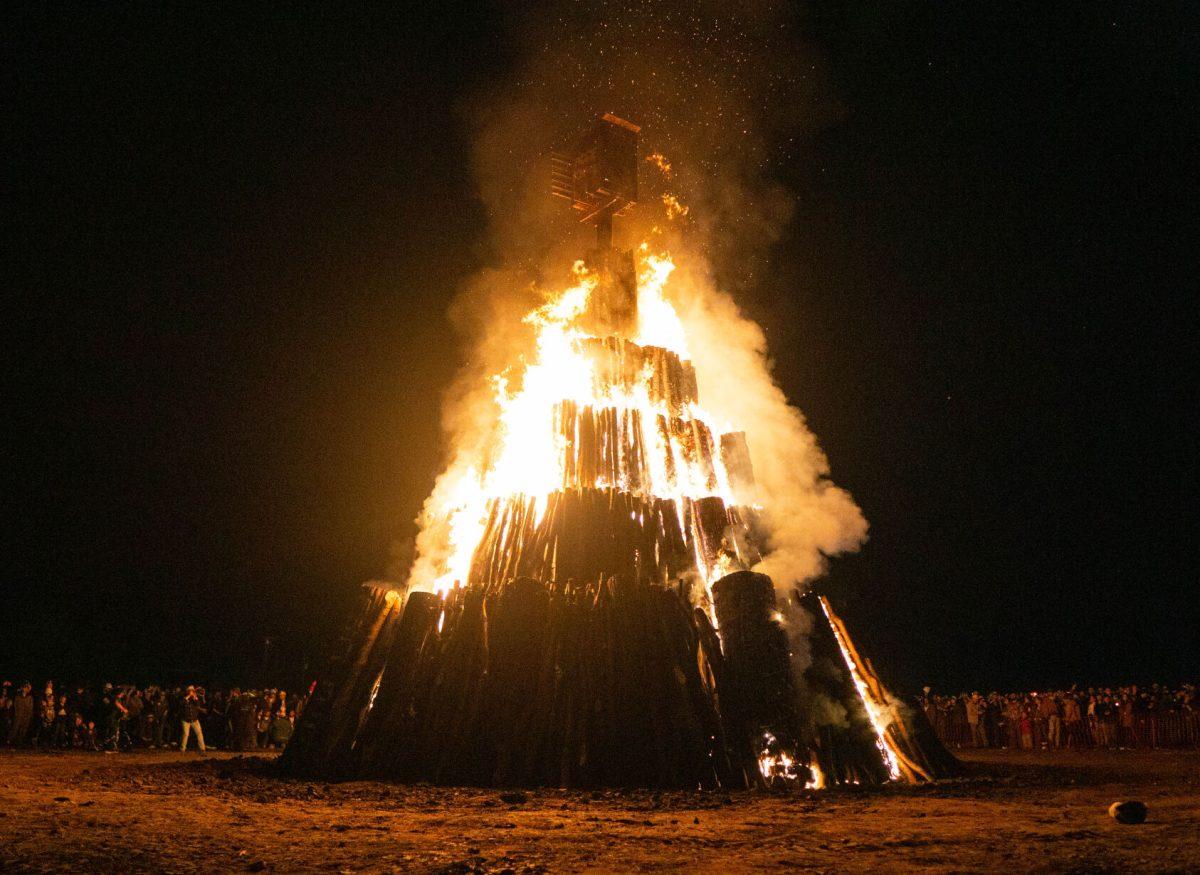
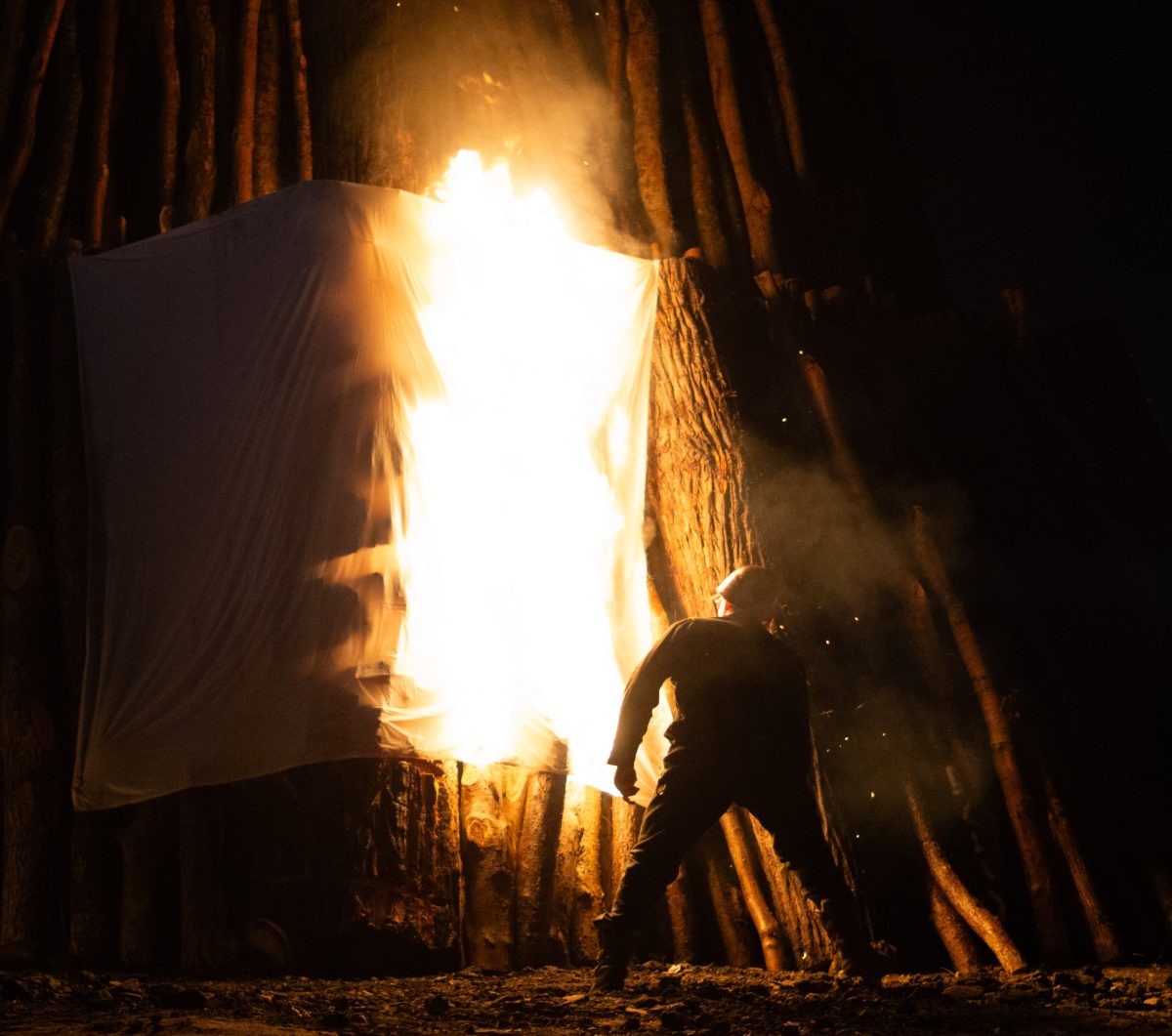
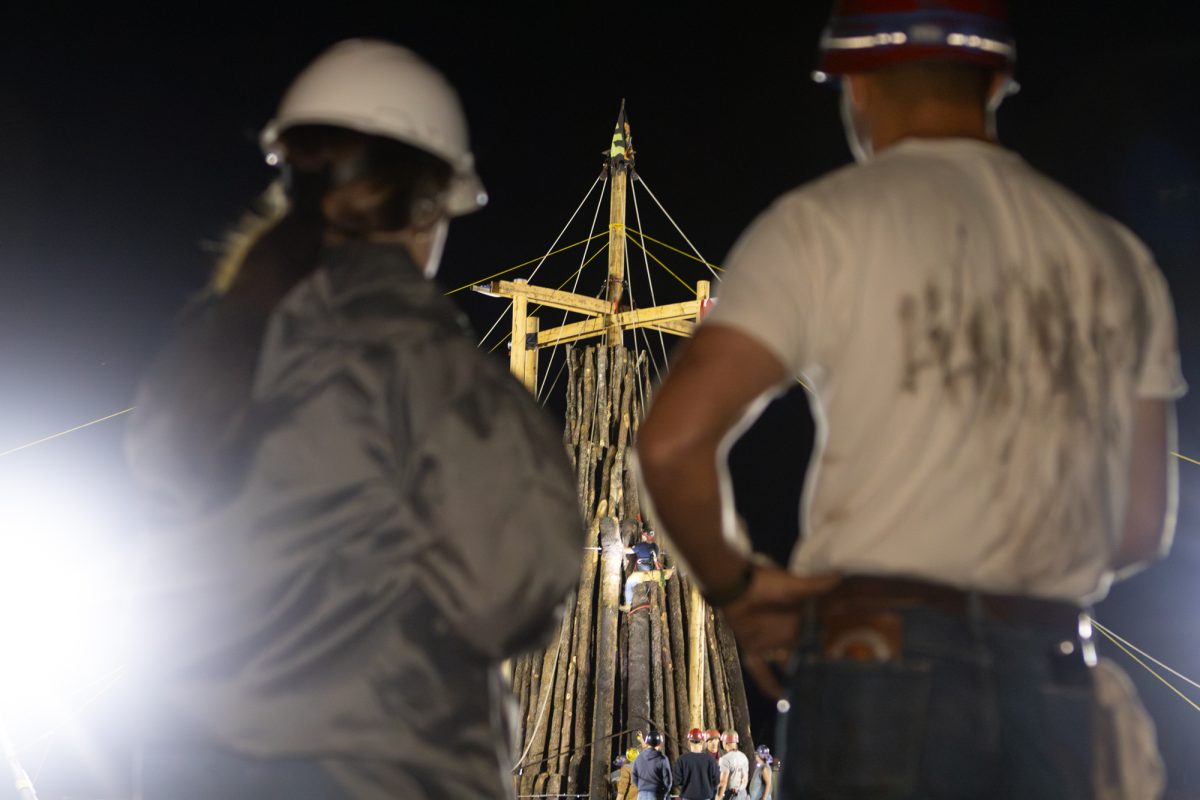
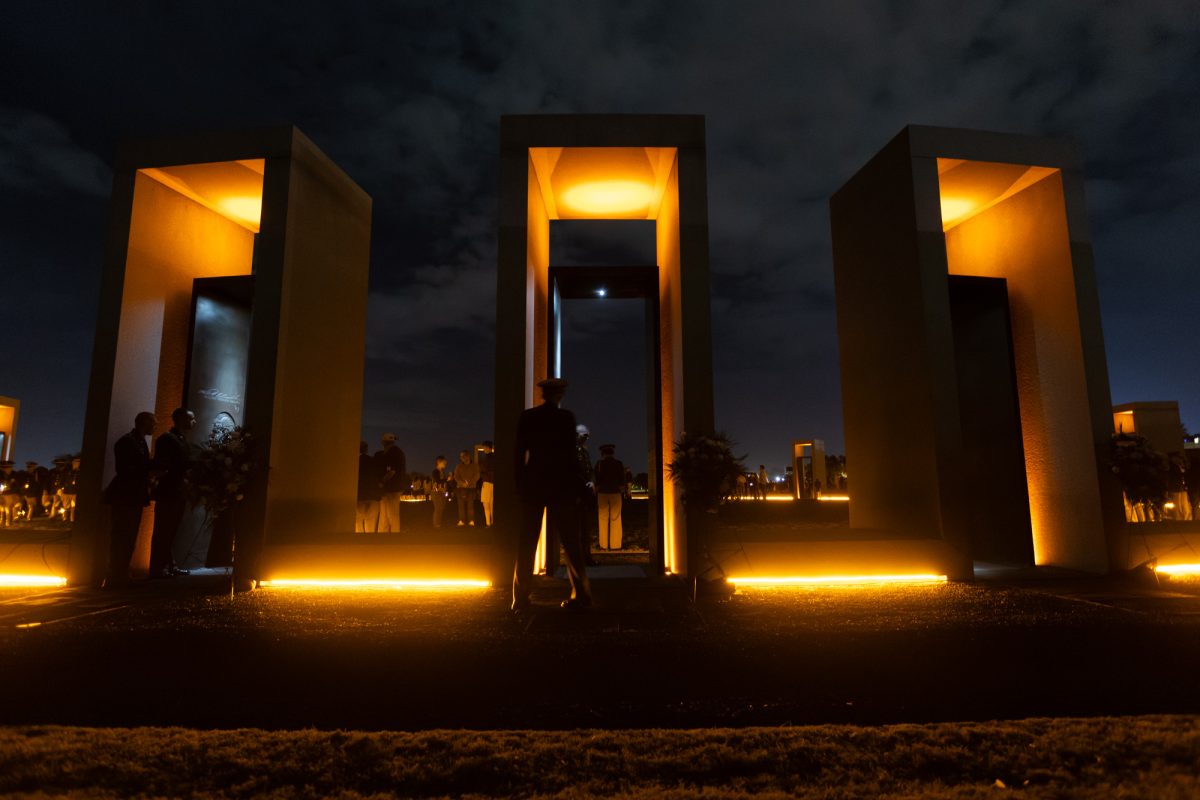
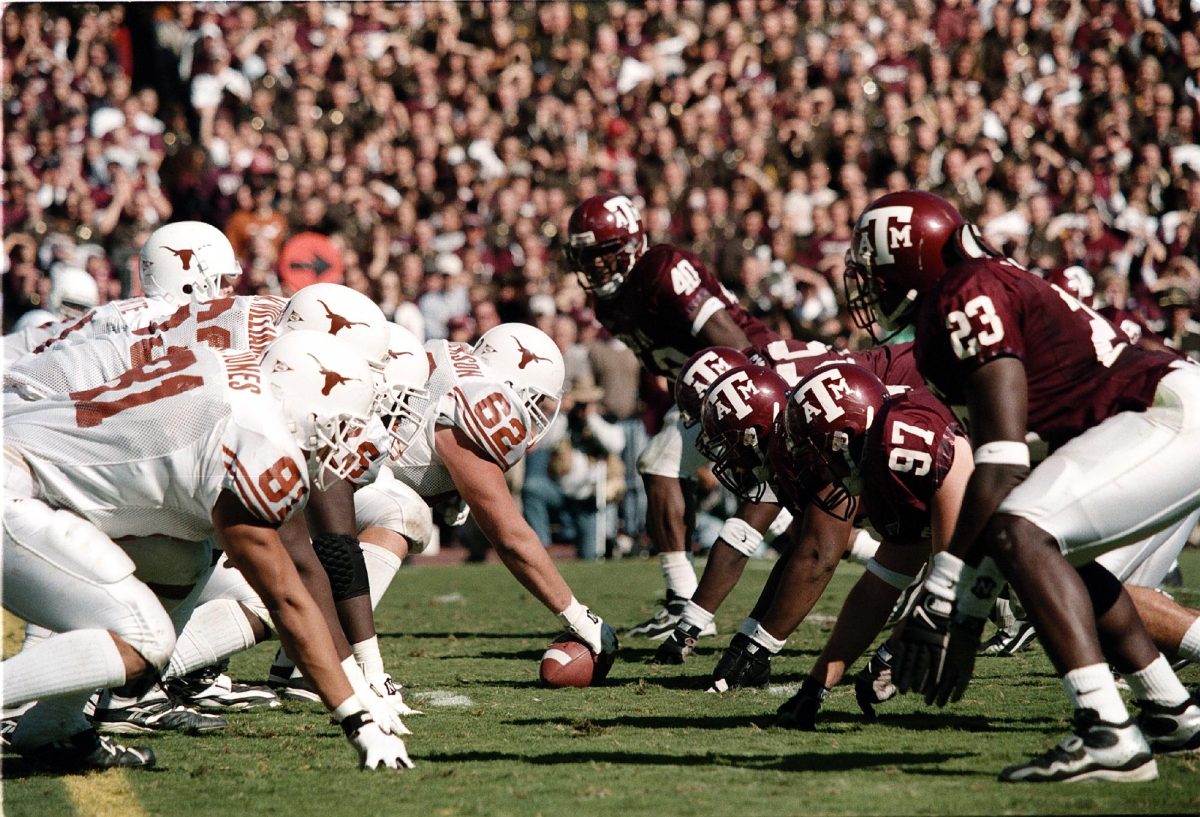
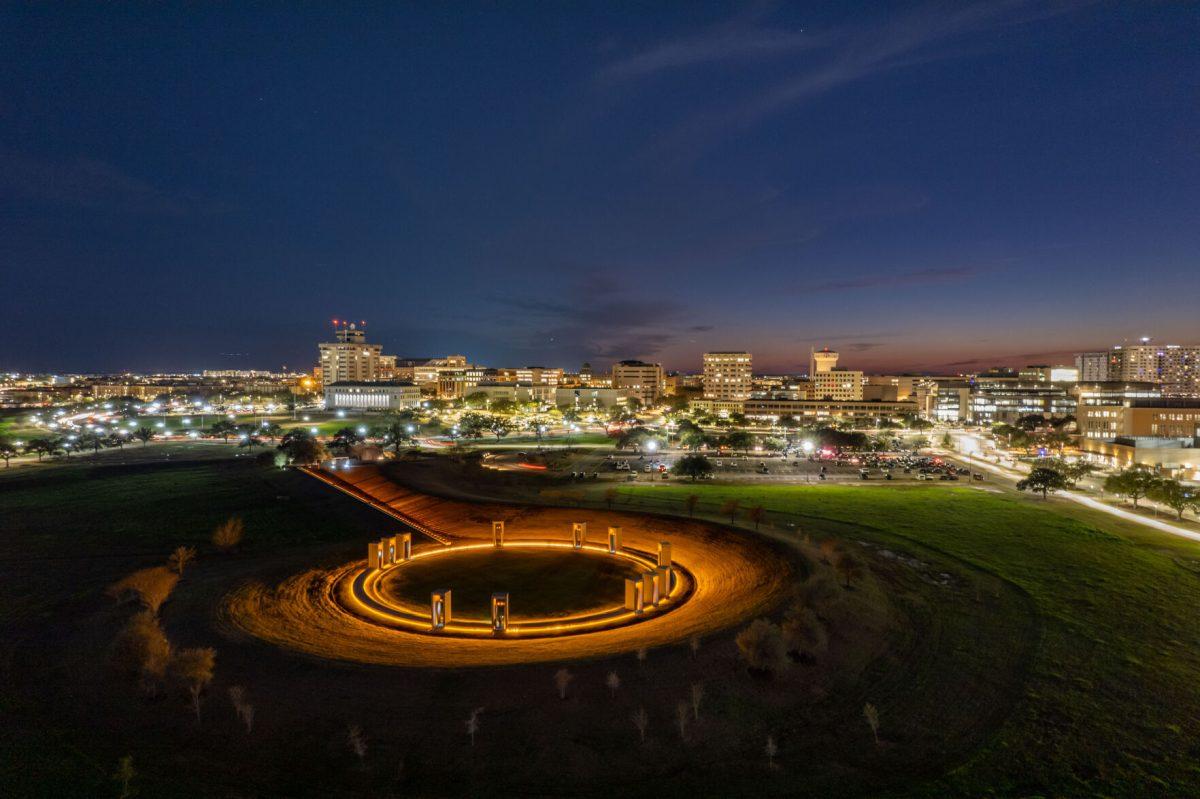
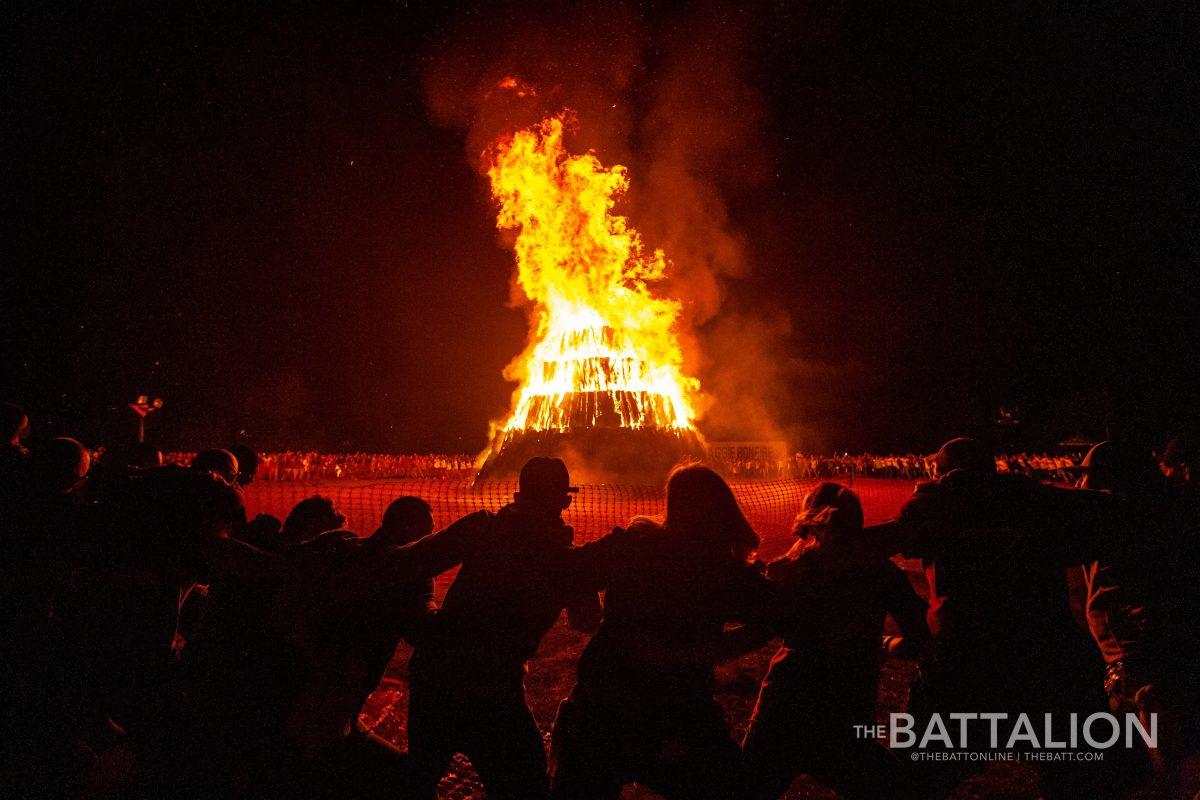


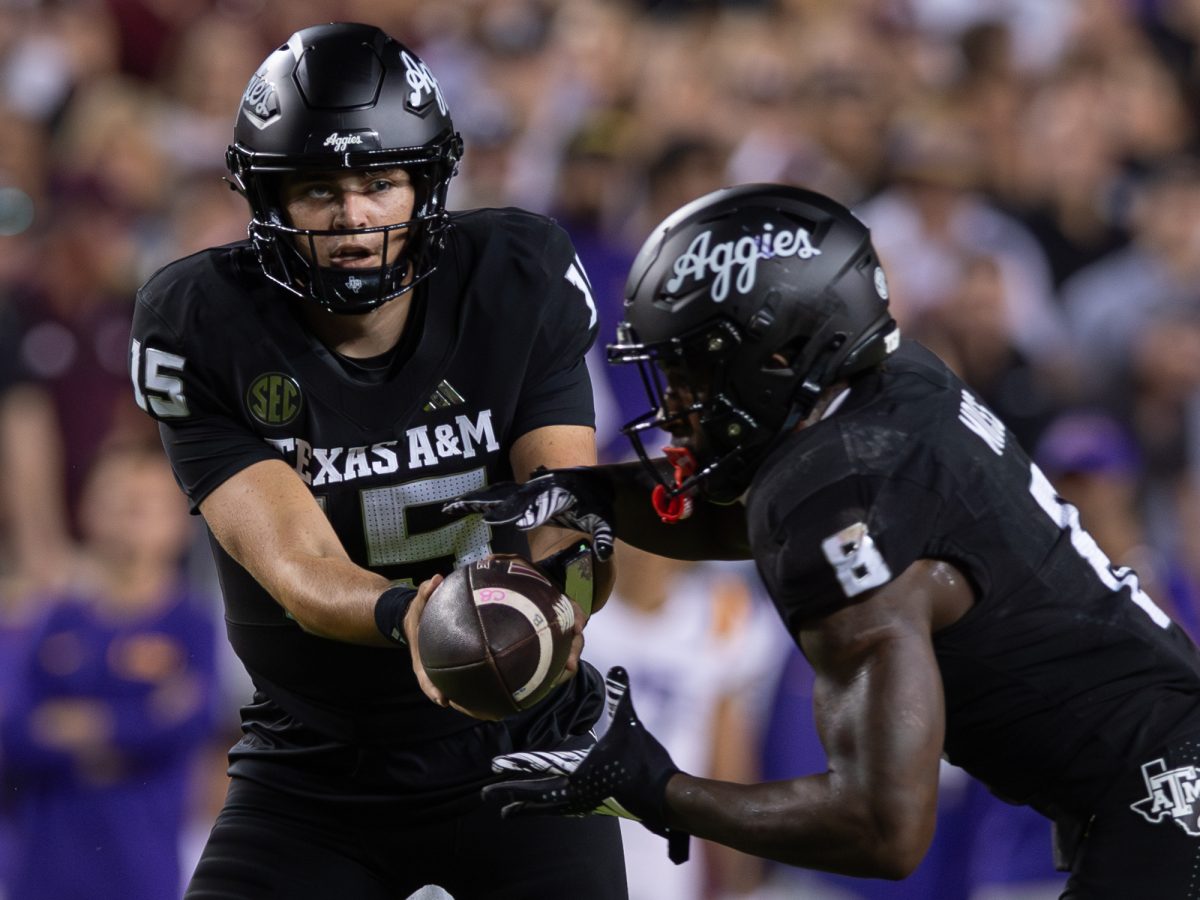
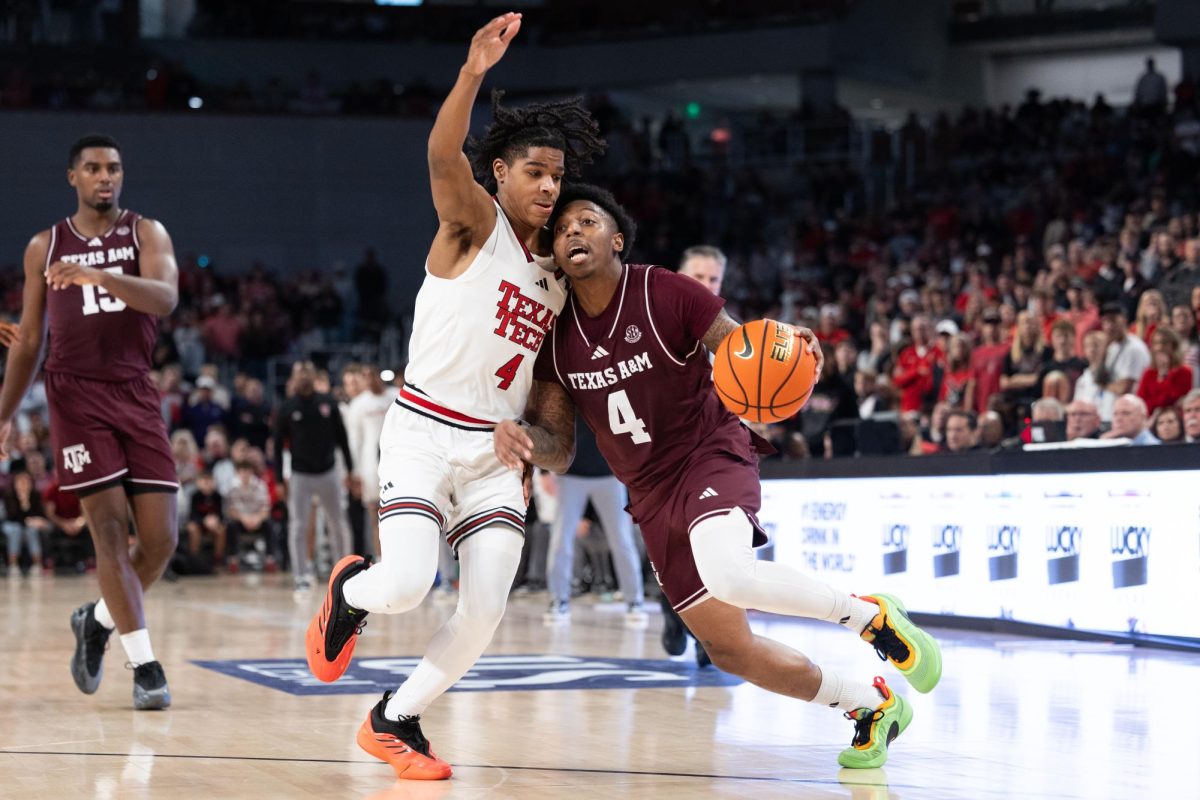




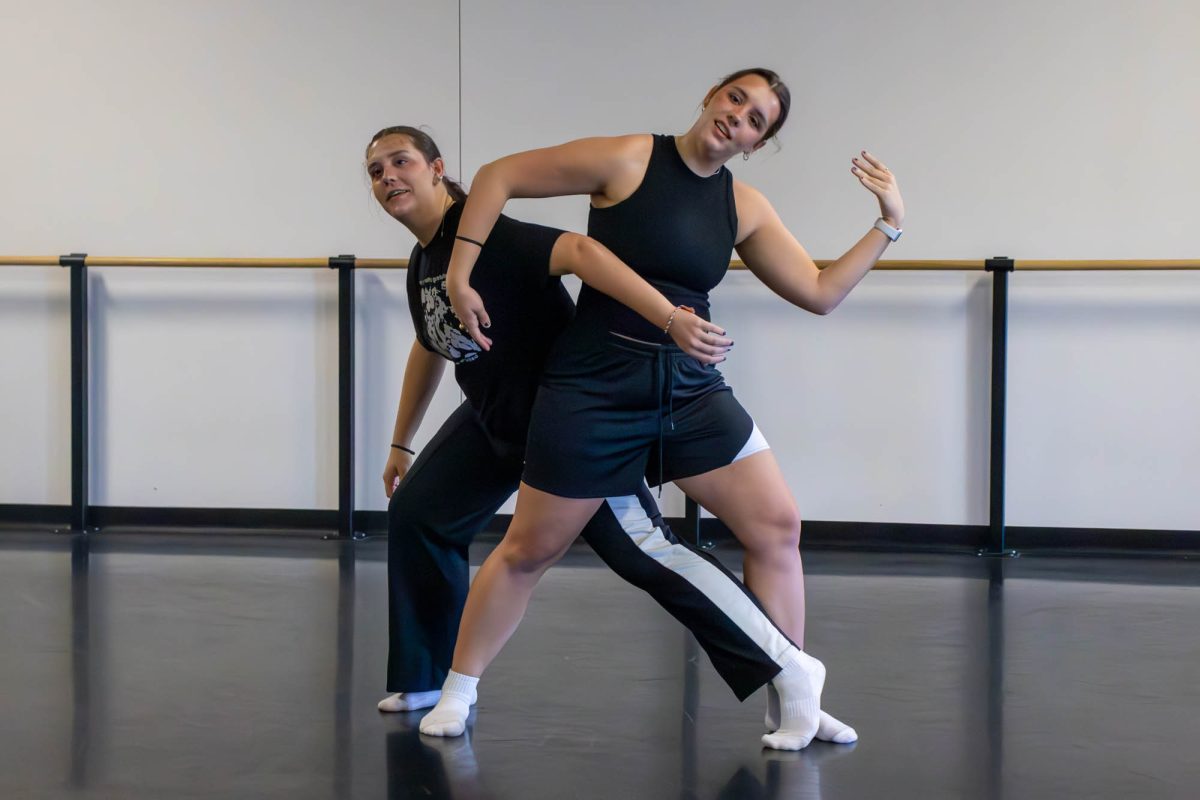
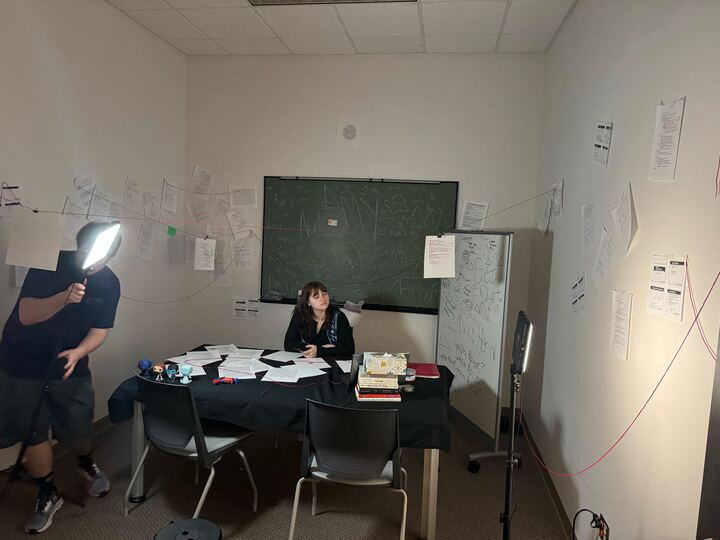
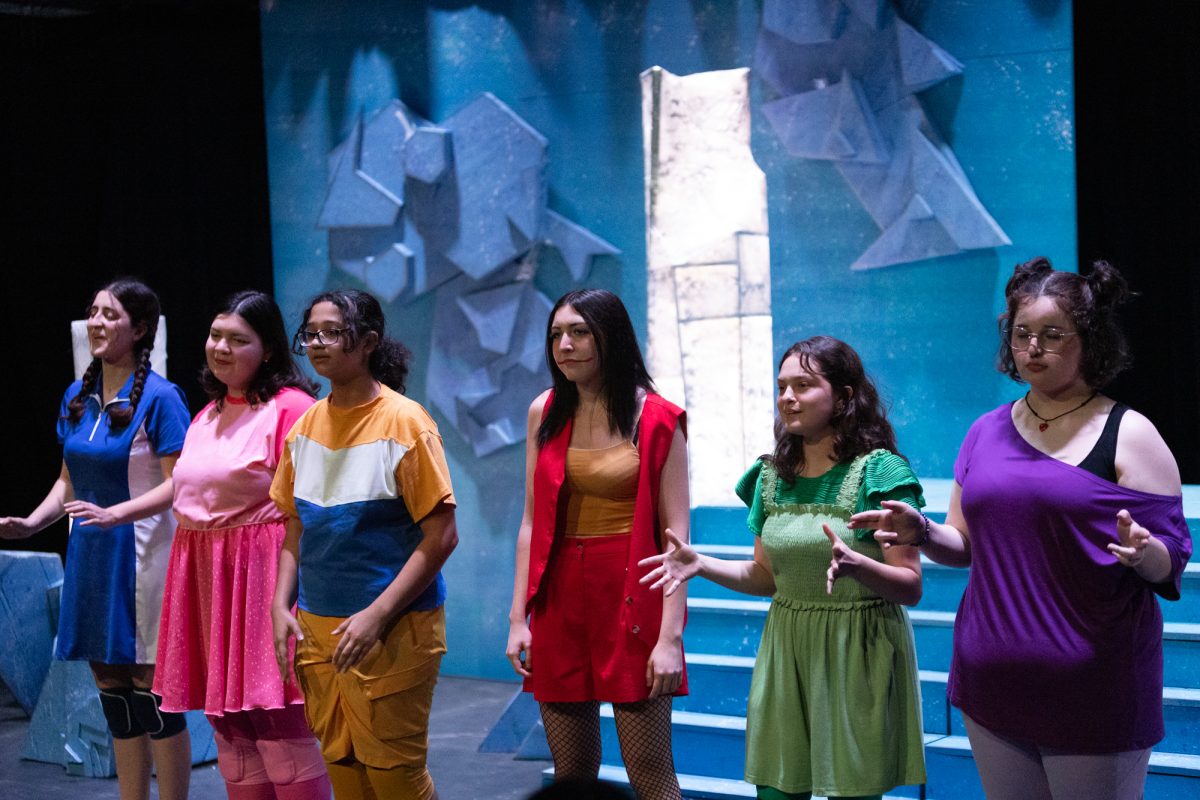
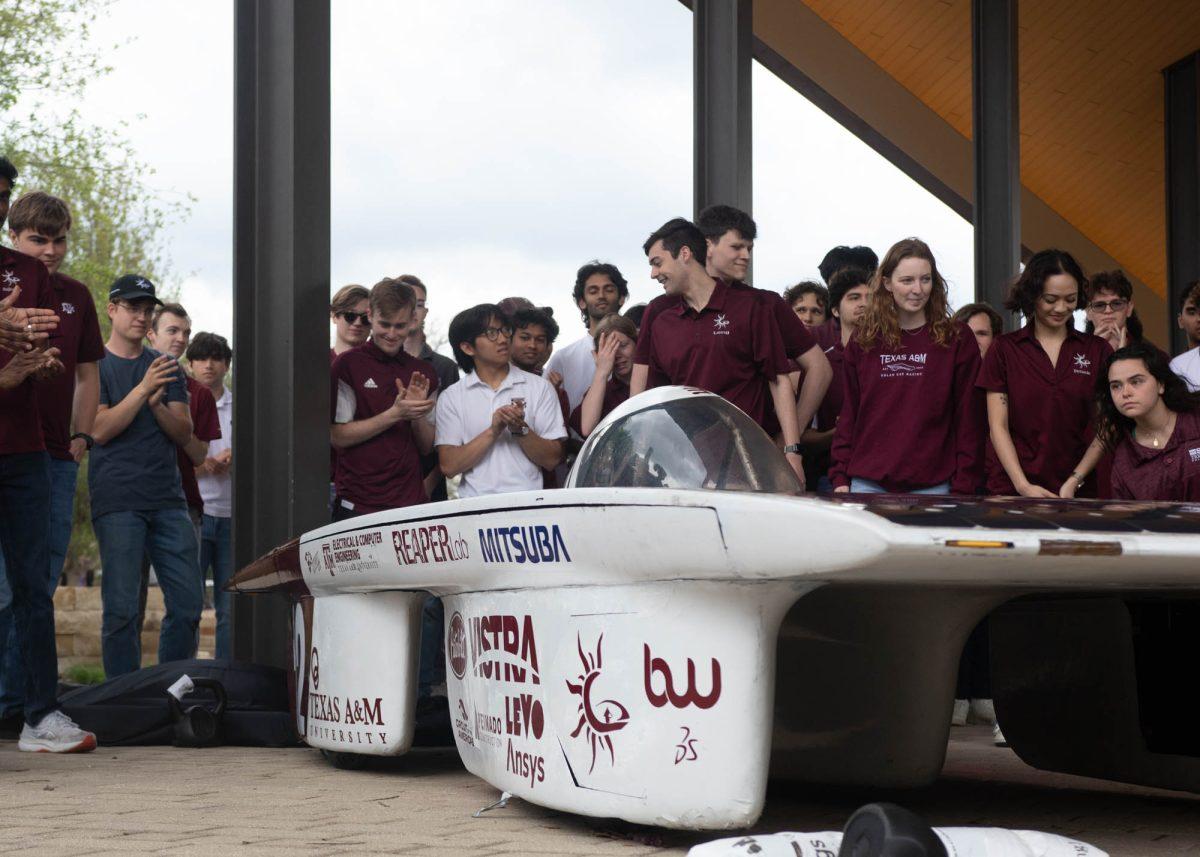

Clay Kuboviak • Nov 18, 2024 at 2:07 pm
Wonderful article. The university had no reason to want to bring back to campus, they would bring politics with it. Many, if not all, Aggie Traditions, are Aggie Student traditions.
Bonfire was started off campus by students and needs to go with students, regardless of location. The tradition is meant to teach the students, not to burn wood. In addition to the undying flame, it also now serves as a memorial to those lost and affected by 1999. Remember 11-18-99